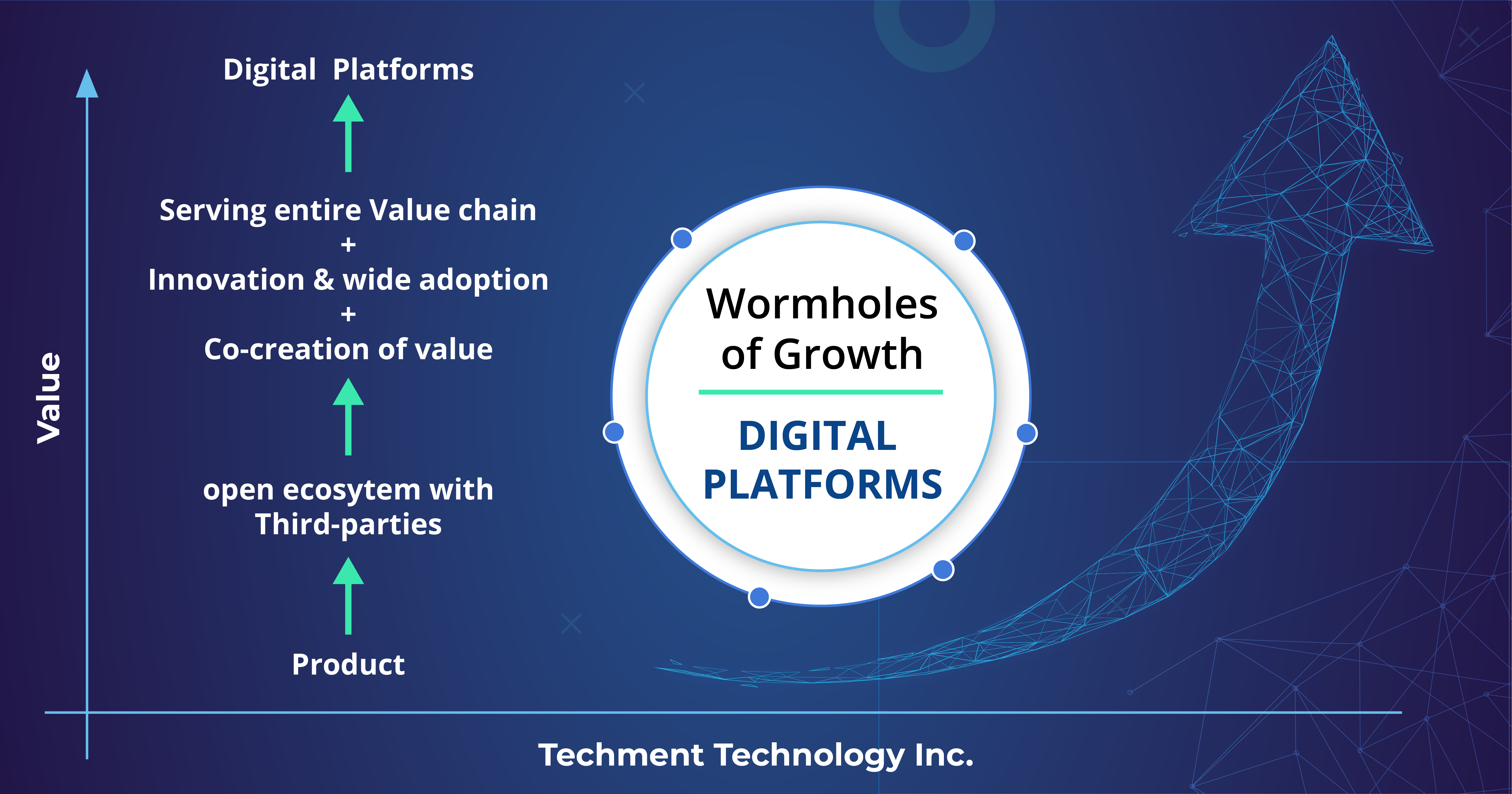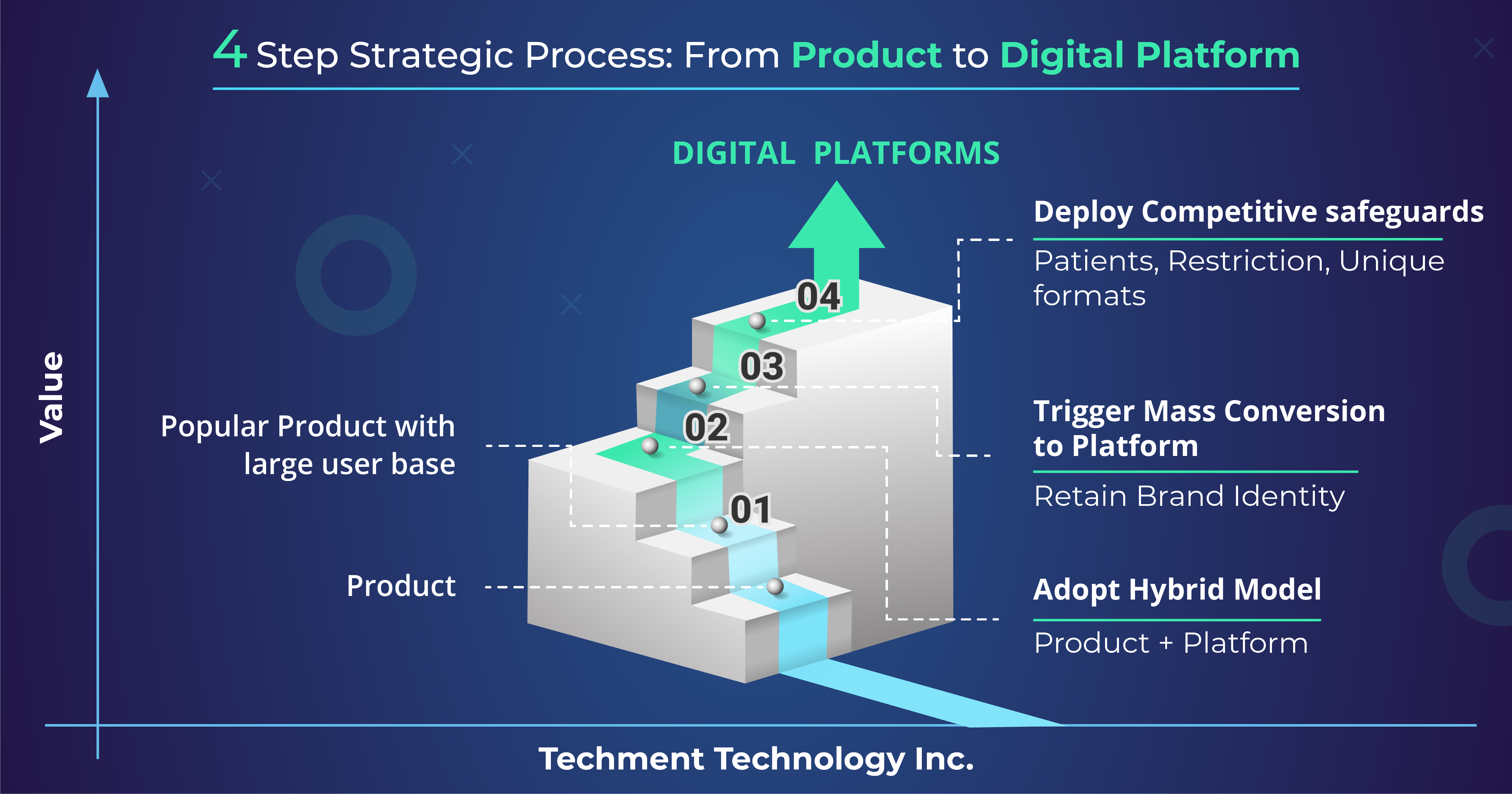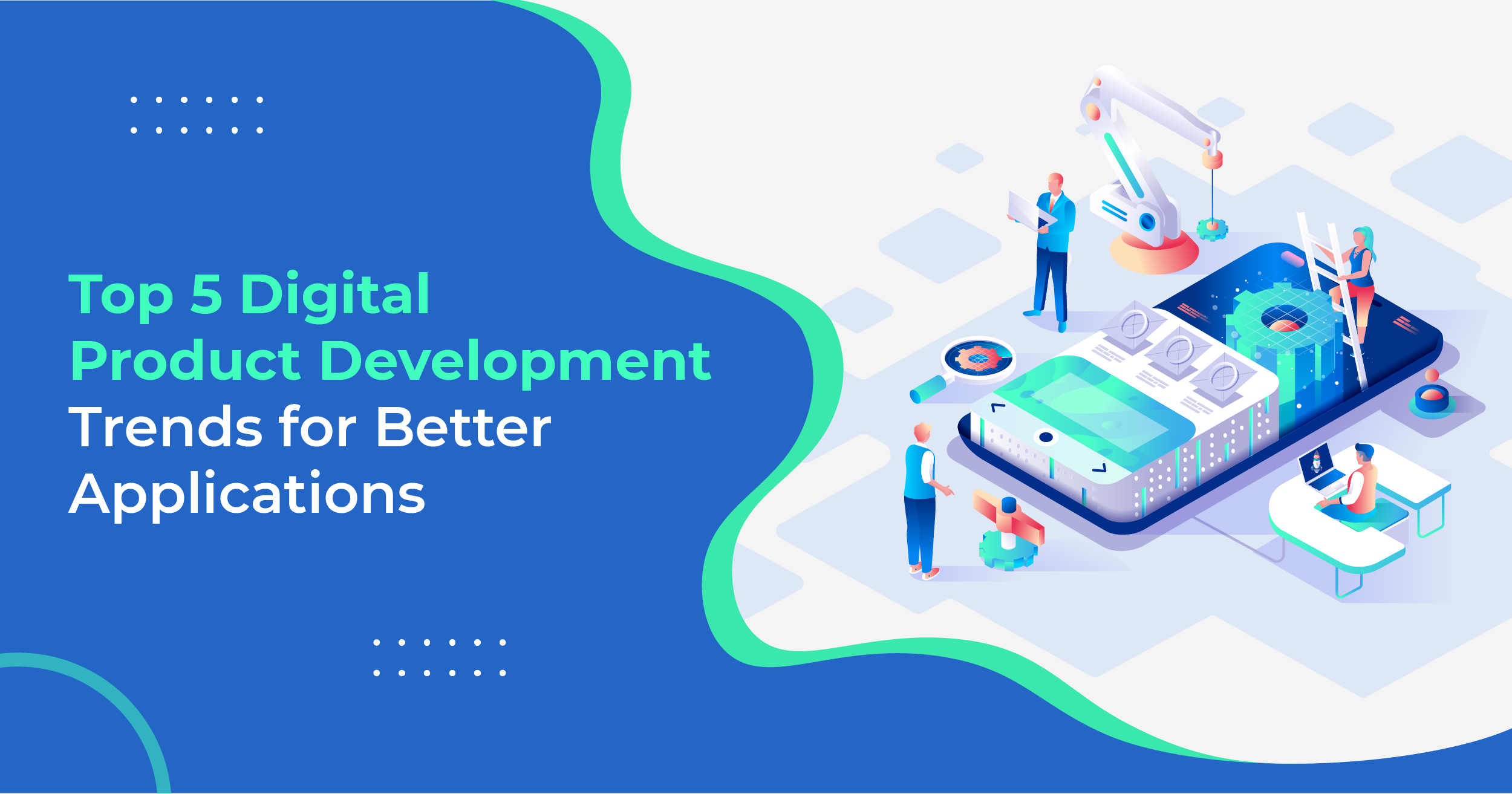Among the decacorns Salesforce, Slack, and Shopify the common denominator is that they successfully migrated from being a product to a platform company. Most iconic technology companies of our times began as product companies and evolved into platforms.
Product or Platform?
Sometimes there can be a little confusion while differentiating a product from a platform; let us settle this by negation. It is not a platform if:
- If it is easily replaceable with another product
- If other businesses can’t generate revenue by building on it
- If it’s part of an existing product
Slack a platform as it allows integrations with numerous services, and many products are built using it.
Digital Platforms: The Wormholes of Growth
The most spectacular growth stories of resilient growth are those of digital platforms. The reason is simple: products produce a single revenue
exchange of value between vendor and consumer.

Take examples: Salesforce’s core CRM evolved into a broader platform for enterprise applications, proving instrumental in it becoming the first SaaS decacorn.
Likewise, Amazon’s AI Echo speakers gained incredible smartness with the company’s decision to make Alexa and its Skills Kit available to third-party developers thus, creating a platform that would run on millions of devices performing voice interaction.
The Great Migration – From Product to Platform
Digital Platforms allow the complex creation of value and innovation. Here are a few compelling arguments that will encourage you to take the first step:
- Co-creation of Value: A successful platform allows vendors and partners to build on the platform, working hand-in-hand to create value. For instance, the persistent success of Microsoft is driven by its constant updates that engage consumers, and also by the fact that third-party developers build thousands of applications on the Windows platform to provide additional value.
- Innovation and Wider Adoption: Innovation happens when a platform maintains standard and well-documented APIs, SDKs, and other technical items so that developers enjoy working the platform and create new offerings for customers. Thus, innovation on a platform comes from all corners of the ecosystem driven by third parties who want to make a mark.
- Catering to Entire Value Chain: The functionality of a product is tethered to the imagination of its custodians, but with a platform, value creation has no constraints. The army of developers from diverse corners with varied interests can support a complex economy by creating value for all parties — the vendor, partner, and consumer. The management of this complexity allows unhindered delivery of value, as done by Apple and companies of its ilk.
4 Steps Process for Successful Transformation from Product to Platform
In their 2016 research publication, Feng Zhu and Nathan Furr proposed Four steps to successful transformation:

- Starting Point: Popular Product with a Critical Mass of Users
A struggling product will never transform into a successful platform. Like in a nuclear reaction, a critical mass of frequent customers provides incentive to prevent defection. and is appealing to third-parties.
Platforms harness the multiplier effect by losing a little control and allowing third-parties to gain access to data, functionality and/or distribution channels, accelerating their businesses and consequently the platform’s.
- Applying the Hybrid Business Model
Take the examples of iphone, Lego, Valve (computer-game developer and creator of counter-strike) which by external stimuli of hackers came out of their product mindset and adopted a hybrid business model. Hackers began to ‘jailbreak’ iPhones to use it in their ways, and after a defensive reaction, Apple opened the App Store thus adopting a hybrid model where the centre of attraction, iPhones, was further enhanced by third-party applications. Such is the case of many companies, hybrid models work well.
- Trigger Mass Conversions to the New Platform
Product users must convert into platform users and ensure it by:
- Provide adequate value
- Stay consistent with your brand: While adding various new offerings, the essence must remain intact as it is the prime reason they have come to the platform. If Kindle is not the best e-reader, then its ecosystem, no matter how good, can not create a successful platform.
- Deploy Competitive Safeguards
As your transformation from product to platform proves successful, other businesses will imitate. Controlling openings in value creation is valuable. From patents to formats of data or designs must be used to the disadvantage of imitators and force users and third-parties to flock to the platform and use it to derive value.
Bottom line
Our most valuable companies are platforms that have endured the test of time. Companies with successful applications or products must think of leaping, but with careful analysis of strategy, technology, and go-to-market implications. But the landscape on reaching the other end is singular in numerous dimensions.
 All Posts
All Posts

